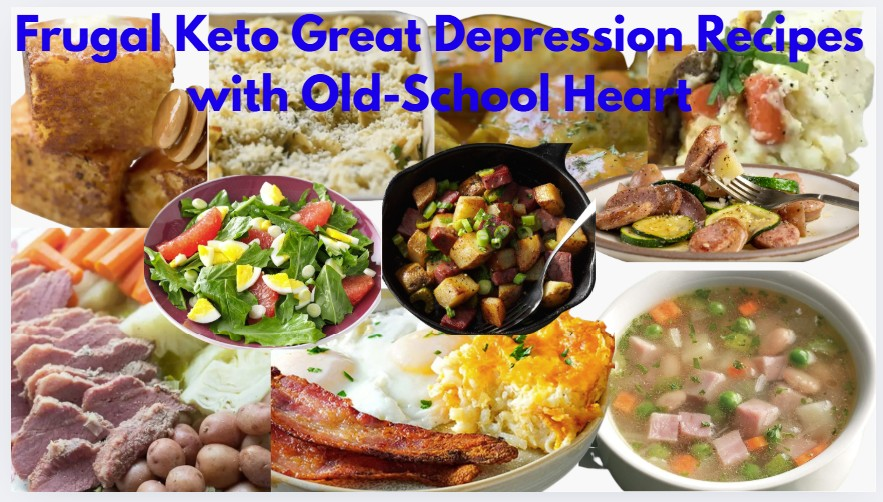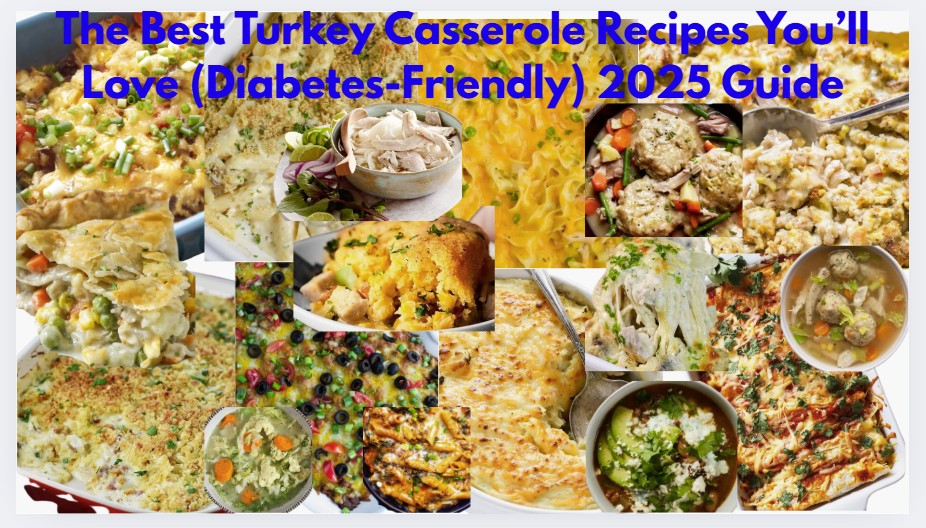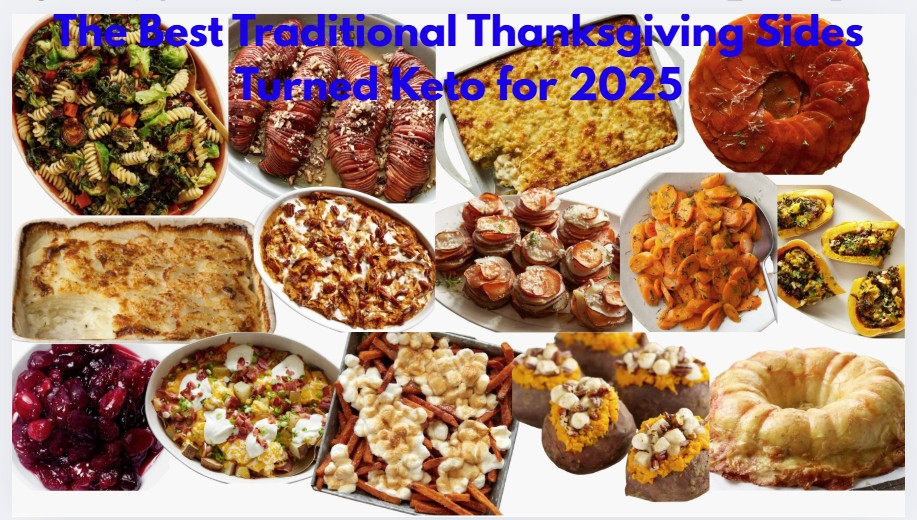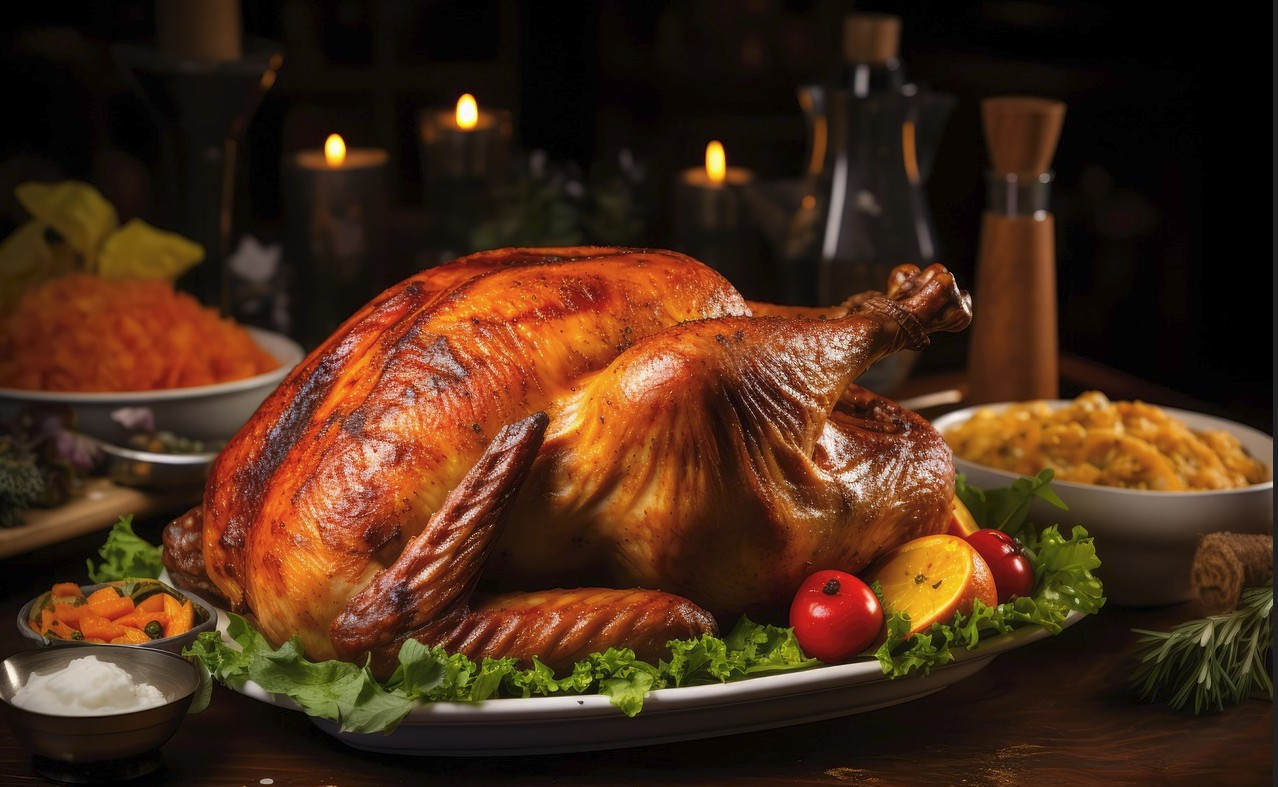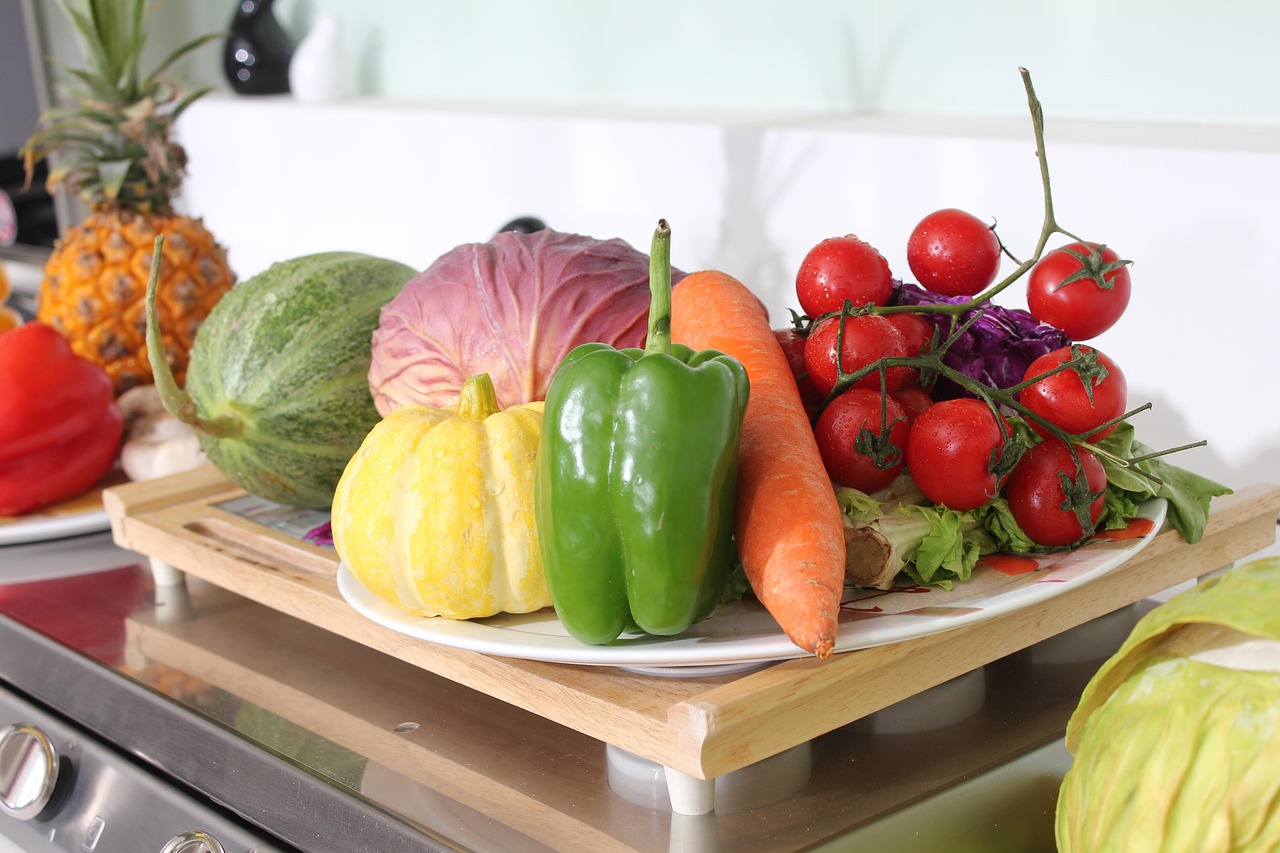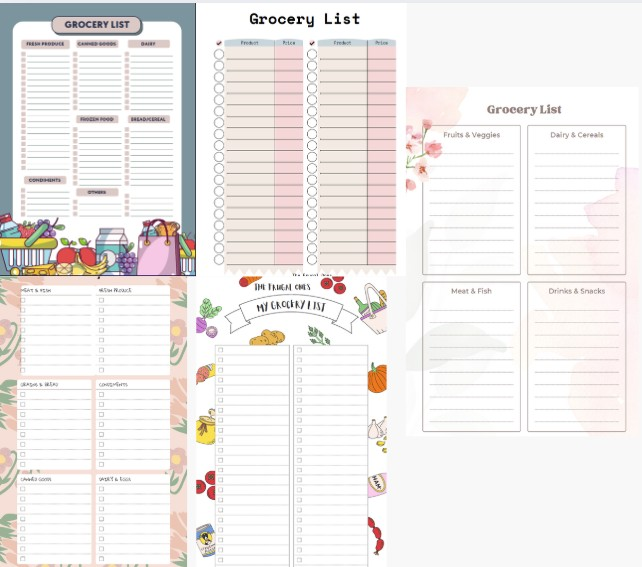Yes, you can feed four people for $400, it isn’t just possible—it can be a nutritious and even an enjoyable routine. With grocery prices soaring, families across the country are looking at their receipts, shaking their heads, and asking themselves where all the food’s going. The truth? A little planning and some smart shopping can take you further than you might think.
This article breaks down how to feed four people on just $400 a month without skimping on nutrients or flavor. From grocery lists to full weekly menus and snacks, you’ll find real solutions that fit real lives.
- Budgeting Basics: How to Feed Four People for $400
- Essential Foods and Pantry Staples for Affordable Meals
- Weekly Sample Menu: Balanced Meals on a Budget
- Money-Saving Tips and Tricks for Grocery Shopping
Budgeting Basics: How to Feed Four People for $400
Start with the big picture: $400 per month means $100 per week. It’s not a feast, but it’s more than enough with careful choices.
How Much to Budget for Groceries: Average Grocery Cost per Month
- The average grocery cost per month is $504.
- The USDA estimates $297–558 for a monthly food budget for one person, $614–963 for a couple, and $996–1,603 for a family of four.
Allocating Your Budget
Divide your weekly $100 like this:
- Proteins: $25 (chicken thighs, canned tuna, eggs, beans)
- Produce: $25 (mostly fresh but some frozen or canned)
- Pantry Staples/Carbs: $20 (rice, pasta, oats, tortillas)
- Dairy: $10 (milk, cheese, yogurt)
- Treats & Extras: $10 (snack crackers, chocolate, specialty sauces)
- Seasonings, Oils, Baking: $10
Sales stretch this even further. Watch weekly ads and use coupons when possible. Bulk stores like Costco or Sam’s Club can cut costs on basics (think 10-lb bags of rice or beans, huge oats containers). And don’t sleep on dollar stores for canned tomatoes, pasta, and snacks.

Sample Weekly Shopping List
Here’s a broad-strokes example of what $100 can get you:
Proteins:
- 2 dozen eggs
- 2 lbs chicken thighs
- 2 cans tuna
- 1 bag dried lentils
- 1 bag dried beans
Produce:
- Bananas
- Apples
- Carrots
- Broccoli (fresh or frozen)
- Onions
- Potatoes
- Frozen mixed vegetables
Pantry/Carbs:
- Brown rice
- Whole wheat pasta
- Oats
- Corn tortillas
- Bread
Dairy:
- 1 gallon milk
- Block of cheddar
- Large container of yogurt
Extras:
- Can of tomatoes
- Olive oil or vegetable oil
- Peanut butter
- Salsa
- Crackers
Bulk buys and sales let you carry over essentials (like oil and peanut butter) from week to week.

Essential Foods and Pantry Staples for Affordable Meals
A steady pantry makes last-minute dinners easy and affordable. Stock items that do double or triple duty.
Top Budget-Builders:
- Rice and pasta: Absorb sauces well and serve as base for stir-fries, casseroles, or grain bowls.
- Oats: Great for breakfast or baked into snacks.
- Dried beans/lentils: Half the price of canned and easy with a bit of prep.
- Eggs: High protein, super versatile, and usually the lowest-cost animal protein.
- Frozen veggies: Nearly as nutritious as fresh, usually half the cost, and much less likely to spoil.
- Bulk bread or tortillas: Can make sandwiches, wraps, or casseroles.
Stocking Tips:
- Buy when items hit their lowest price, not when you run out.
- Rotate older staples to the front of your pantry.
- Invest in airtight containers. This cuts waste and keeps food fresh, especially in humid climates.
Even a short pantry inventory can be the difference between “nothing for dinner” and a quick veggie stir-fry or bean chili.

Weekly Sample Menu: Balanced Meals on a Budget
Below is a full week’s worth of meals and snacks for a family of four. You’ll spot overlap—carrots for breakfast muffins become a side at dinner, and leftover rice stars at lunch.
Breakfast Ideas for Busy Mornings
- Overnight Oats: Oats, milk, half a diced apple, sprinkle of cinnamon.
- Egg Muffins: Whisked eggs, chopped broccoli, cheese, baked in muffin tins.
- Peanut Butter Toast: Whole wheat toast, peanut butter, banana slices.
- Homemade Muffins: Use oats, carrots, and yogurt for protein-packed muffins.
Quick and filling. Extra points if you prep the night before (overnight oats are a game-changer for the morning rush).
Hearty Lunch and Dinner Recipes
- Veggie-Packed Rice Bowls: Brown rice, sautéed mixed frozen veggies, leftover chicken or beans, a drizzle of sauce.
- Lentil Soup: Lentils, onions, carrots, canned tomatoes, served with bread.
- Tuna Salad Wraps: Tuna, yogurt or mayo, carrots, served in tortillas with lettuce.
- Chicken and Potato Bake: Roasted chicken thighs, potato wedges, onions, carrots.
- Bean and Cheese Quesadillas: Refried beans, cheddar, tortillas, side of salsa.
- Pasta Primavera: Whole wheat pasta tossed with olive oil, garlic, frozen veggies, and a sprinkle of cheese.
- Breakfast-for-Dinner: Scrambled eggs, sautéed potatoes, toast.
Reuse ingredients across meals to save money and time. One rotisserie chicken stretches across two dinners and a lunch.
Healthy Snacks to Fill the Gaps
- Homemade Trail Mix: Oats, raisins, peanuts (buy in bulk).
- Fruit and Yogurt Parfaits: Layer banana slices, yogurt, and oats.
- Crackers and Cheese: Basic but filling.
- Apple Slices with Peanut Butter: Classic for a reason.
Fresh fruit doubles as dessert or a snack. A bowl of popcorn (made on the stove, not in the microwave) costs just pennies and feeds a crowd.

Money-Saving Tips and Tricks for Grocery Shopping
You can stay under budget with some simple rules. Small changes add up over a month.
- Plan meals weekly. Know your menu before you shop. Shopping with a list keeps impulse buys in check.
- Double up on sales. If you see chicken or beans at an unbeatable price, get double and freeze half if you can.
- Shop discount stores and generic brands. Store brands taste the same 80% of the time and cost much less.
- Use coupons, but only for things you actually buy. Don’t grab three kinds of sugary cereal just because there’s a coupon.
- Bulk-buy staples, not snacks. Snacks vanish quickly, but big bags of oats or beans last.
- Reduce waste. Leftovers aren’t a curse. They’re lunch tomorrow. Save veggie ends to make broth. Freeze what you won’t use within a few days.
My family’s favorite tip? “Half recipes.” Instead of making a giant casserole, cook enough for dinner and a lunch. This keeps variety up and reduces food fatigue (no one wants leftovers every single night).
Feeding four people on $400 a month is a challenge, no question—but it’s also doable with some creativity and routine. Stock up on versatile staples, reuse ingredients across meals, and keep an eye out for good deals at your local stores.
Meal planning isn’t about restrictions. It’s about smart habits. With some effort and planning, your family can eat well, keep food waste low, and still have a few treats. Happy cooking, and remember: a good meal doesn’t need to cost a fortune.

Find More Free Time with an Organized Grocery List
Grocery Savings Made Simple: A Six-Step Playbook for 2025
Save More with Freezable Foods: Complete Guide for Smart Storage
Simple Ingredient Substitutions that Save Money
Save Money at the Grocery Store: 12 Simple Strategies That Work



